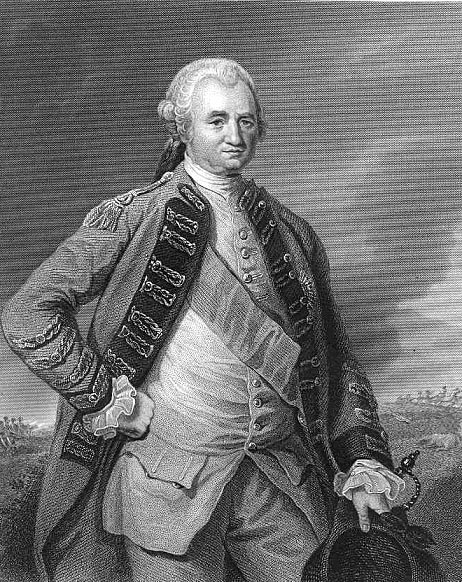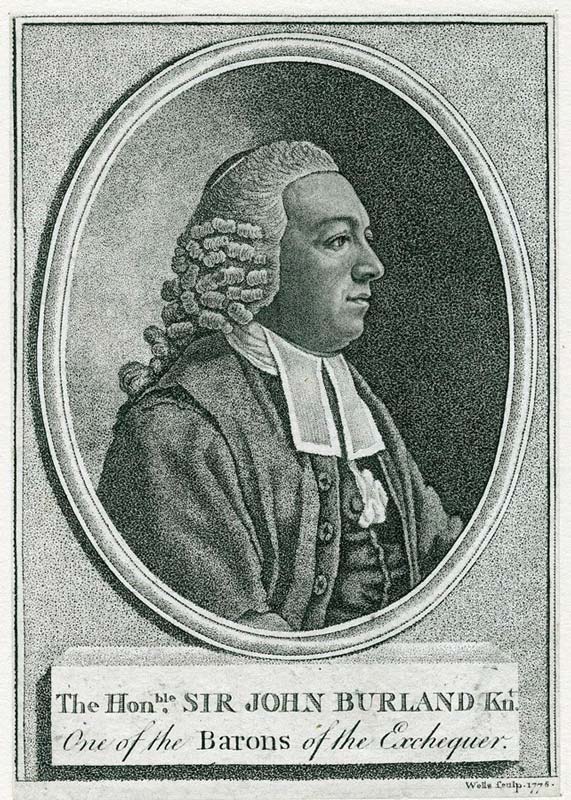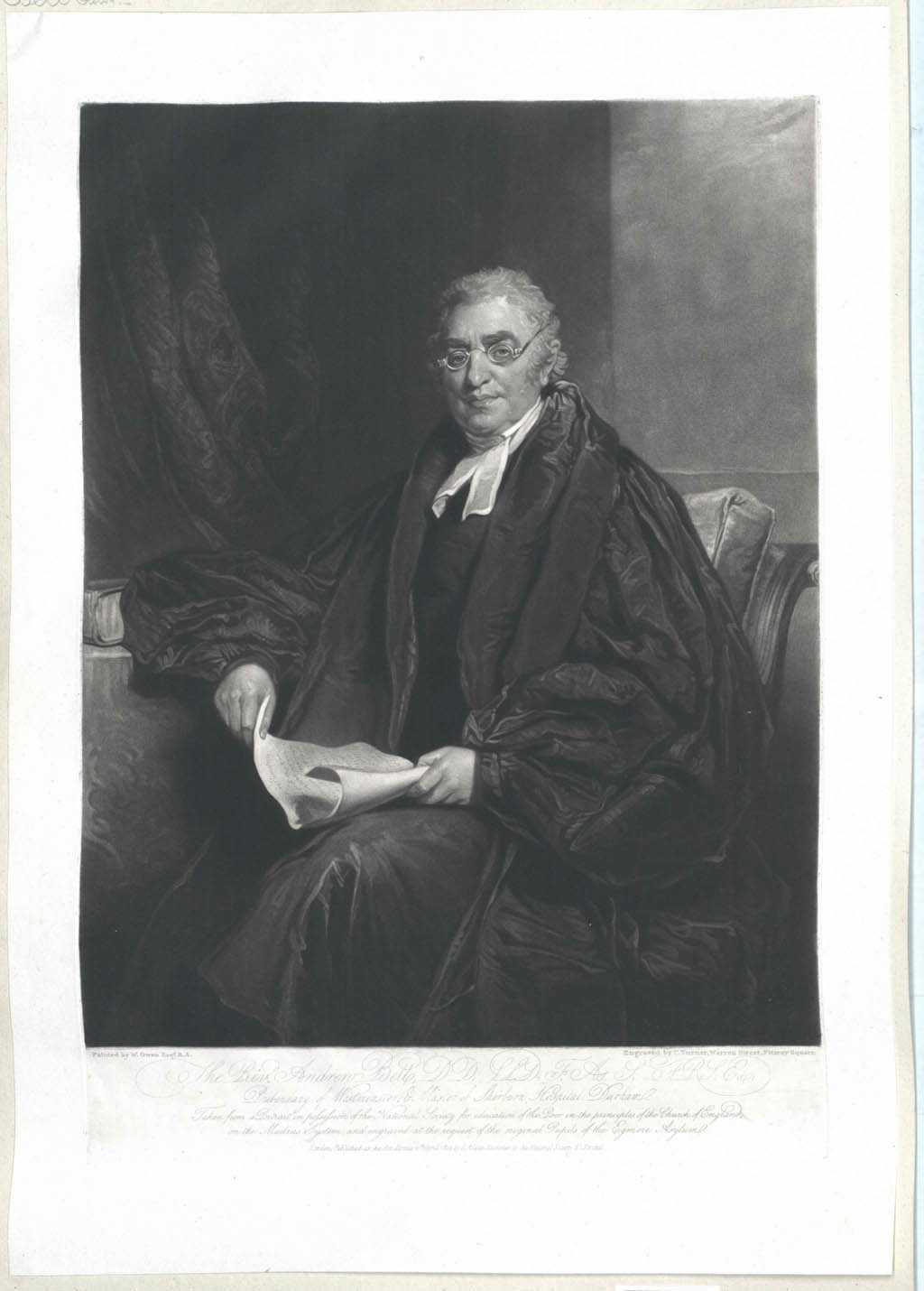Pasquale Paoli
In 1807 a monument to this famous Corsican was erected in the south choir aisle of Westminster Abbey. It is of white marble and includes a bust of Paoli which had been made some years earlier by the sculptor John Flaxman. The inscription reads:
D.O.M. To the memory of Pasquale De Paoli, one of the most eminent and most illustrious characters of the age in which he lived. He was born at Rostino, in Corsica, April the 5th 1725, was unanimously chosen, at the age of thirty supreme head of that Island, and died in this metropolis Feb.the 5th 1807, aged 82 years. The early and better part of his life he devoted to the cause of liberty; nobly maintaining it against the usurpation of Genoese and French tyranny: by his many splendid achievements, his useful and benevolent institutions, his patriotic and public zeal manifested upon every occasion, he, amongst the few who have merited so glorious a title, most justly deserved to be hailed the Father of his country. Being obliged by the superior forces of his enemies to retire from Corsica, he sought refuge in this land of liberty; and was here most graciously received (amidst the general applause of a magnanimous nation) into the protection of his Majesty King George the Third: by whose fostering hand and munificence, he not only obtained a safe and honourable asylum, but was enabled during the remainder of his days, to enjoy the society of his friends and faithful followers, in affluent and dignified retirement. He expressed to the last moment of his life the most grateful sense of His Majesty's paternal goodness towards him, praying for the preservation of his sacred person, and the prosperity of his dominions.
D.O.M. stands for Deo optimo maximo (To God the best and greatest). Below the inscription is Paoli's coat of arms of an arm holding a sword. The monument was paid for by Dr Andrew Burnaby, who had been a chaplain in Leghorn, and other friends. Burnaby had been educated at Westminster School and was a friend of the Dean of Westminster, who gave permission for the memorial to be erected on 19th May 1807. A later Dean wrote that the memorial was erected "not merely from the general esteem in which he was held but from his close connection with the whole Johnsonian circle, of whom he was the favourite".
Pasquale was a son of physician Giacinto, from a family which had fought for Corsican independence from Genoa for many years. His brother was Clemente and his sister was Chiara. He studied at the military academy in Naples while in exile, with his father, from his native island. When the French invaded Corsica he fled to England where he met with the King and made friends with famous people of the day. After the French Revolution he returned home and negotiated with the English who had a Viceroy there. He finally left the island in 1795. Paoli was buried in the Catholic cemetery at St Pancras in London but his remains were returned to Morosaglia in Corsica in 1889.
An annual wreath laying now takes place at the monument.
Further Reading
Peter A. Thrasher "Pasquale Paoli, an enlightened hero", London, 1970
James Boswell "An account of Corsica..and memoir of Pasquale Paoli", 1769
See Also
Musee Pasquale Paoli, Morosaglia, Corsica
His will is at The National Archives

[Public domain], via Wikimedia Commons

This image can be purchased from Westminster Abbey Library
Image © 2024 Dean and Chapter of Westminster










